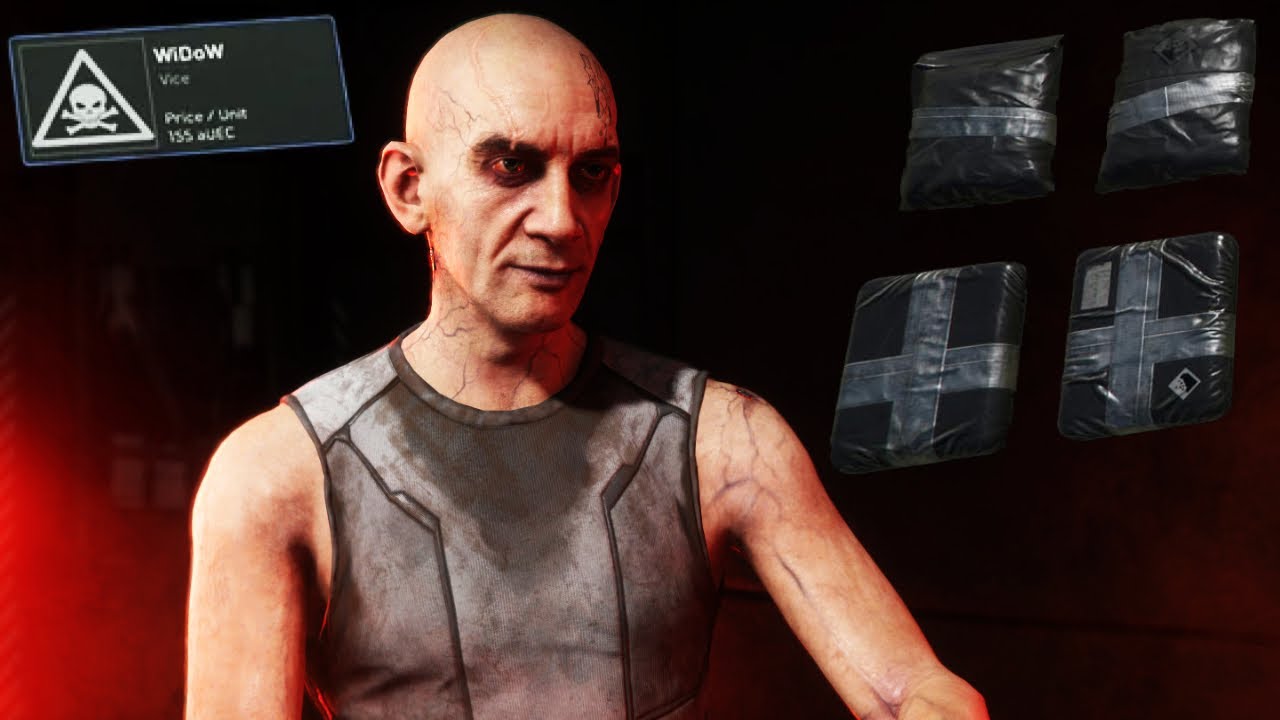The video explores the rise of Widow, a synthetic opioid that became notorious after a pricing glitch at an automated facility in the Stanton system, leading to violent competition for access and significant public health concerns. Originating from the Night Spiral plant, Widow’s addictive properties and severe health risks prompted its classification as a Class A narcotic, despite ongoing government efforts to mitigate its impact.
The video discusses the emergence of Widow, a synthetic opioid, which became a highly sought-after drug following a pricing glitch at an automated processing facility on a moon in the Stanton system. This facility, originally a nondescript outpost, became notorious as “Jumptown” when word spread through the criminal underworld about the drastically discounted prices of Widow, leading to violent clashes among those vying for access to the drug. The situation escalated to the point where it was even addressed in a Senate hearing focused on rising crime rates in Stanton.
Widow is characterized as a highly processed and illegal narcotic that is injected directly into the bloodstream. Its name is derived from the dark, ink-like consistency of the drug, which leaves distinctive web-like patterns on users’ veins. Although it provides extreme euphoria, pain relief, and anti-anxiety effects, Widow is also highly addictive and poses severe health risks, including collapsed veins and organ diseases. The ease of production has led to widespread availability, allowing both criminal syndicates and individuals to manufacture and sell the drug.
The origins of Widow trace back to the discovery of a unique plant called Night Spiral on the planet Oso2 in the Oso system, which was placed under protection due to the presence of an advanced alien species. Early research into the plant’s alkaloids led to the creation of Night Night, a fashionable drug among the elite, which was later found to be addictive. As demand surged, underground chemists developed a synthetic version of the drug, which became widely available by 2879.
The rise of Widow was marked by a shift in public perception, with early users believing it to be non-addictive due to its exclusive nature. However, as the synthetic version proliferated, addiction rates soared, leading to significant health issues. The plight of socialite Kari O’Brien, who gained notoriety for her visible black veins, brought attention to the drug’s dangers and contributed to the public’s growing awareness of its addictive qualities.
By the late 29th century, Widow was classified as a Class A narcotic due to its severe public health implications. Despite extensive government efforts to combat its popularity through information campaigns and rehabilitation programs, Widow remains a significant issue in the UEE, with drug experts predicting its continued prevalence unless substantial cultural, economic, or political changes occur. The video highlights the complex narrative of Widow, intertwining themes of addiction, societal impact, and the challenges of regulating a dangerous substance.
